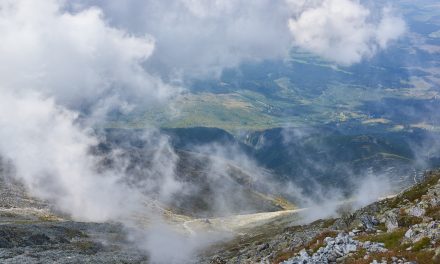On March 25, the U.S. Court of Appeals for the 8th Circuit ruled that the method of regulating blending and mixing at water resource recovery facilities specified in U.S. Environmental Protection Agency (EPA) letters is procedurally invalid. The 2011 letters to Sen. Charles Grassley outlined EPA’s positions on mixing zones and blending.
In the case, the Iowa League of Cities (League) stated that EPA’s use of guidance letters rather than rulemaking violated the Administrative Procedure Act, because the letters modified existing rules without engaging in notice and comment procedures. EPA argued that the letters were general policy statements, rather than rules.
Blending occurs during wet weather when a treatment facility has reached capacity. All effluent receives primary treatment and disinfection, but a portion is diverted around the secondary treatment process, blended with fully treated water, and released. In 2005, EPA announced that diverting wastewater would be considered a bypass allowed only when there are no feasible alternatives. However, this policy has not been officially adopted.
In 2011, the League wrote to EPA, asking to use a physical/chemical treatment process to augment biological treatment during peak wet weather flows without this being considered a bypass. However, EPA said that the League’s proposed method did not provide sufficient treatment under secondary treatment regulations. The court found the blending rule to be in excess of the agency’s statutory authority under the Clean Water Act, because it seeks to impose effluent limitations within the facility rather than at the point of discharge into navigable waters. This is particularly significant as this issue has been a long-standing point of contention between EPA and the regulated community.
The League also argued that conflict existed between written policies and expectations transmitted to state entities via the letters. In the case of mixing zones, the Clean Water Act allows states to approve permits incorporating mixing zones. The EPA’s water quality guidebook also has a section on mixing, which occurs at outfalls where initial dilution takes place. In these small areas, water quality criteria can be exceeded. However, a June 2011 letter from EPA citing a 2008 memorandum states that mixing in waters designated for primary contact recreation should not be permitted. The U.S. Department of Justice is currently reviewing this case.




